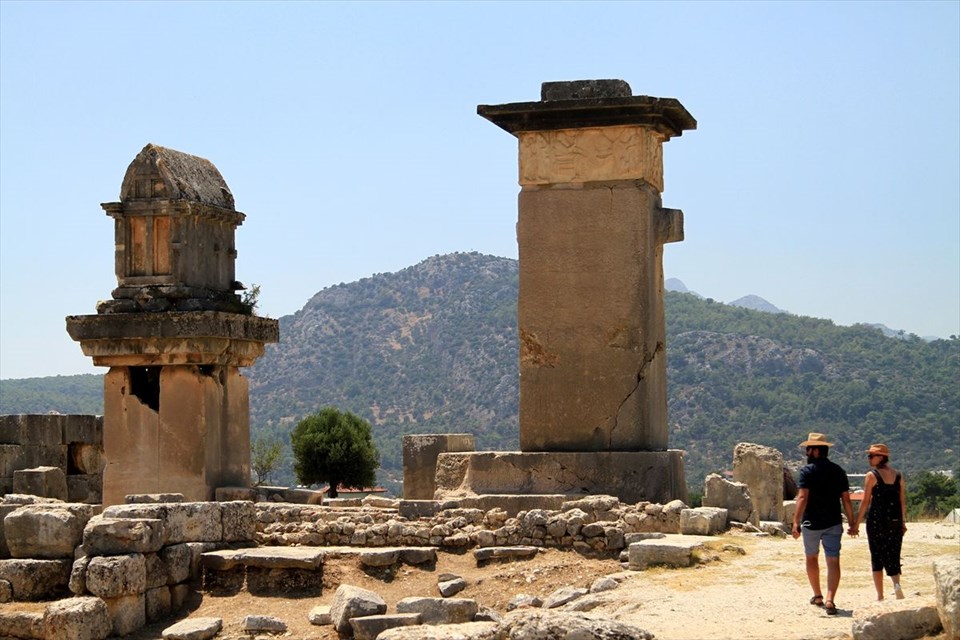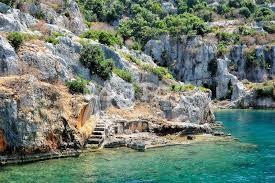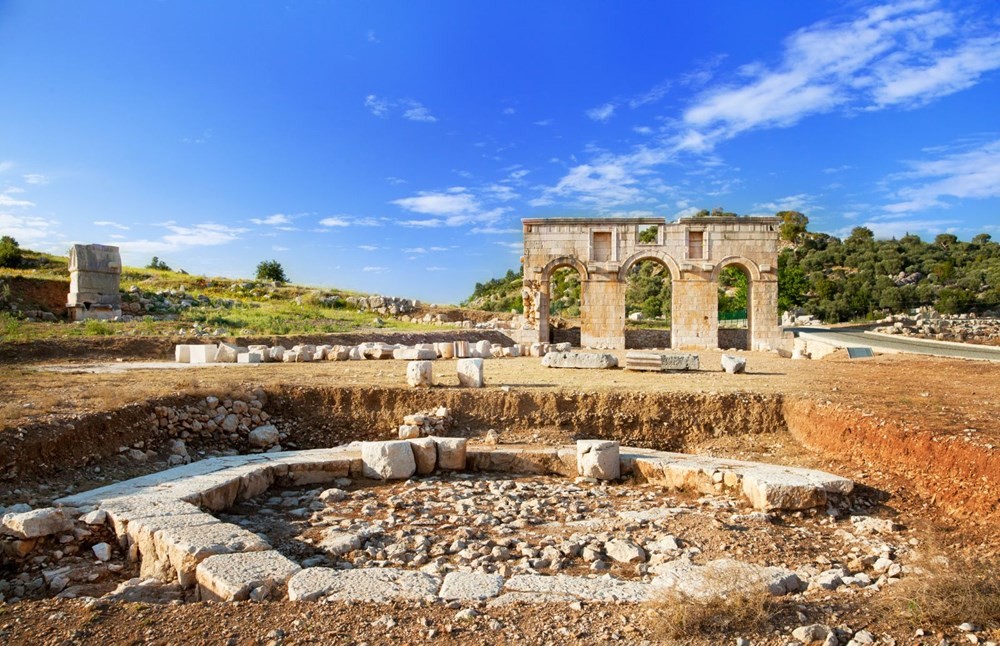Xanthos Ancient City in Kaş, Antalya, which is on the UNESCO World Heritage List, takes attention with its sad story and time-defying remnants of people who do not intend to surrender to the enemy.
The Ancient City You Must Know Its History in Antalya: Xanthos
Gallery16 April 2020Included in UNESCO World Heritage List
Excavations started by the French in 1950 in the Xanthos Ancient City in Antalya's Kaş district, which is included in the UNESCO World Heritage List, have been carried out by the excavation team of Akdeniz University. In the ancient city of Xanthos, which was the most important administrative center of the Lycian civilization and was used as the capital in the 2nd century BC, it is seen that the Lycian period pillars and rock tombs have reached today.

Xanthos Ancient City, Has a Sad Story
Besides the historical ruins, Xanthos takes its visitors on a journey through history with its sad past and stories its war stories.

Becoming the Most Important City in the region From the 7th Century to the 5th Century Before Christ
Xanthos became the most crucial city in the region from the 7th Century to the 5th Century, especially before Christ during the archaic and classical periods.

Starting from Antalya City Center of Lycia, Fethiye in the West and a Wide Area Extending to Elmalı in the North
It spreads over a wide area, starting from the city center of Antalya in Lycia to Fethiye in the west and Elmalı in the north. Xanthos is also one of the cities in Anatolia that are included in the UNESCO heritage list. The port is listed as the fifth area by evaluating Letoon
Xanthos Remained the Largest City in the Region for Long Years
Xanthos is the largest city in the region for many years, and it is on the list of UNESCO because of high level administrative and economic place. Administrators of the area live in the city are a significant factor, especially in the construction of monumental tombs and other structures.
Xanthos Has Been Attacked Many Times In The History Because It Is The Leading City Of The Region
In Xanthos, there are approximately 15 large decorated monumental grave monuments in the city that are a significant factor in the survival and promotion of the region's culture. Xanthos has been attacked many times in history because it is the leading city in the area. For instance, it was occupied by the Persians in the middle of the 6th Century before Christ. Later, the Athenian commander, Kimon, attacked the city. About 400 years later, it was occupied by the Roman Brutus. Heredot writes the occupation of the Persians and Brutus.
According to the Legend
The legend of Xanthos also attracts many visitors to this city. Men of Xanthos realized that they could not protect the city. Thus they tucked children, elders and women into the Lycian acropolis and burned them all. Then, they died while fighting for their city.
It Is Said That The Strongest Culture, Administrations Live In The Region Over 500 Years In Xanthos
Head of the Ancient City Excavation, Dr. Burhan Varkıvanç, pointed out that the strongest of their culture, administrators lived for 500 years in Xanthos. Dr. Burhan Varkıvanç made the following assessment: "These people are buried in erected monumental tombs. Some graves seem like houses. We can see that almost every administrator is buried in a monumental tom. The majority of the graves have survived to the present day. After Alexander invaded the city, the Lycian culture disappeared, and a different cultural process began. Greek became the official language in the region. The culture of Lycia also disappeared. Patara became the biggest city in the area. There are three agorae and a big main street in Xanthos. One of the best streets in Anatolia with stone pavements is in Xanthos. There is a parliament building that is described in the inscriptions but not yet identified. Many monumental tombs are belonging to the Roman period. There is also a big residence, palace and theatre".






